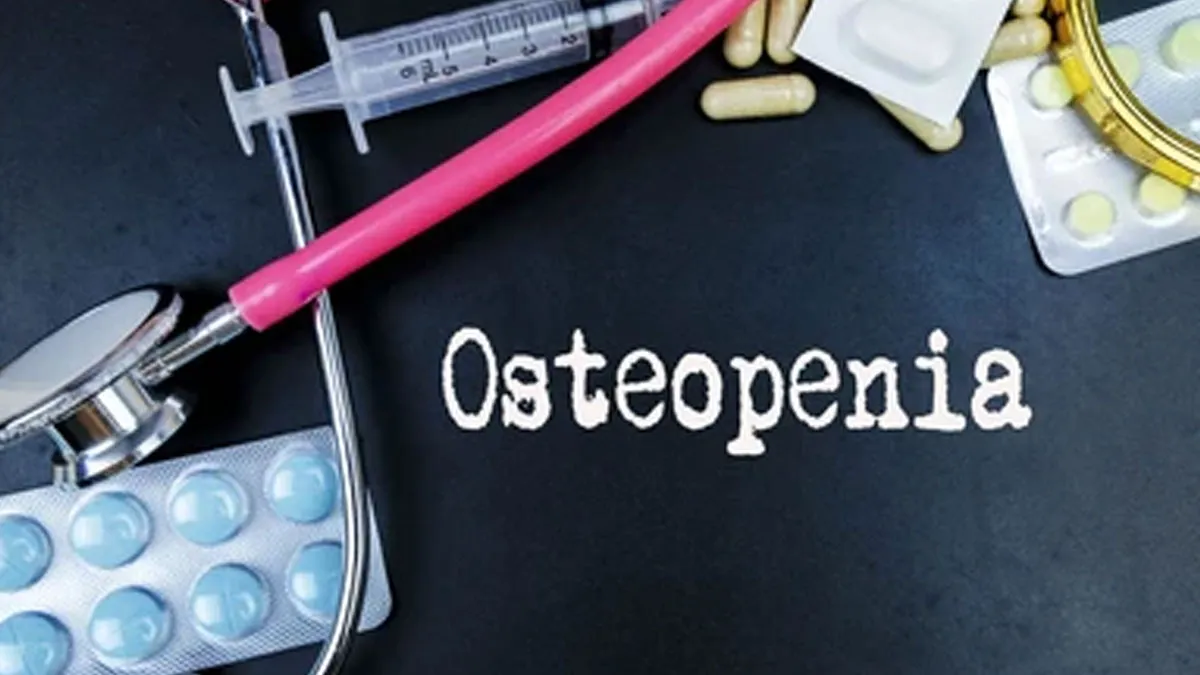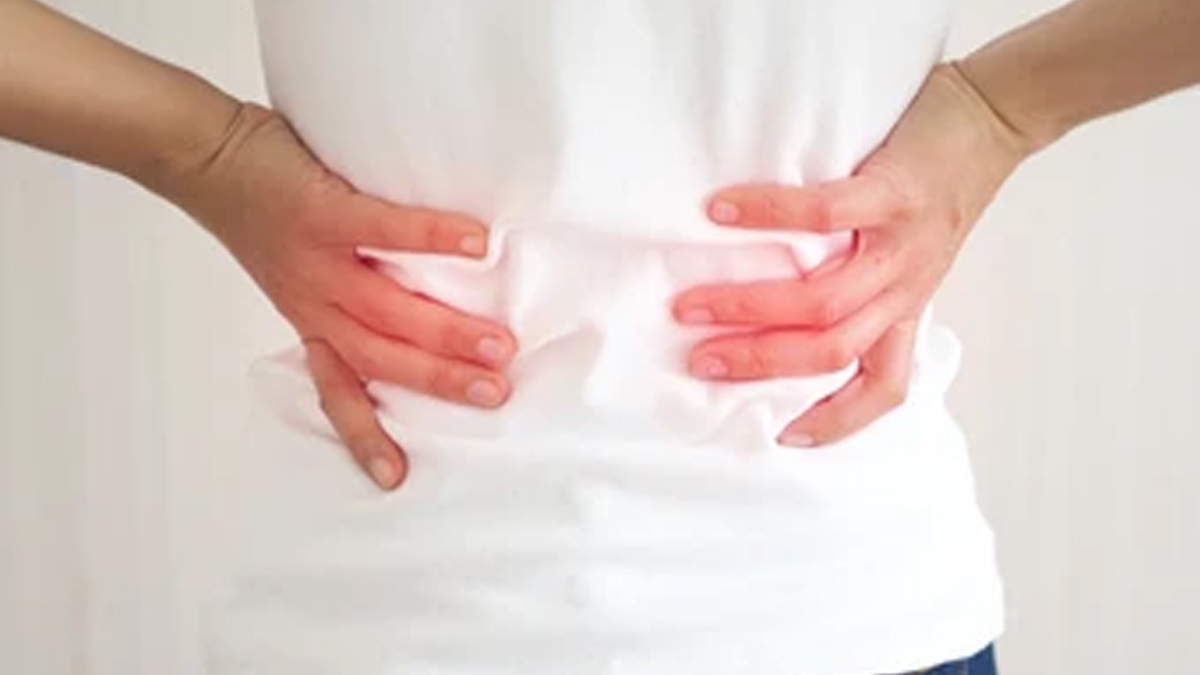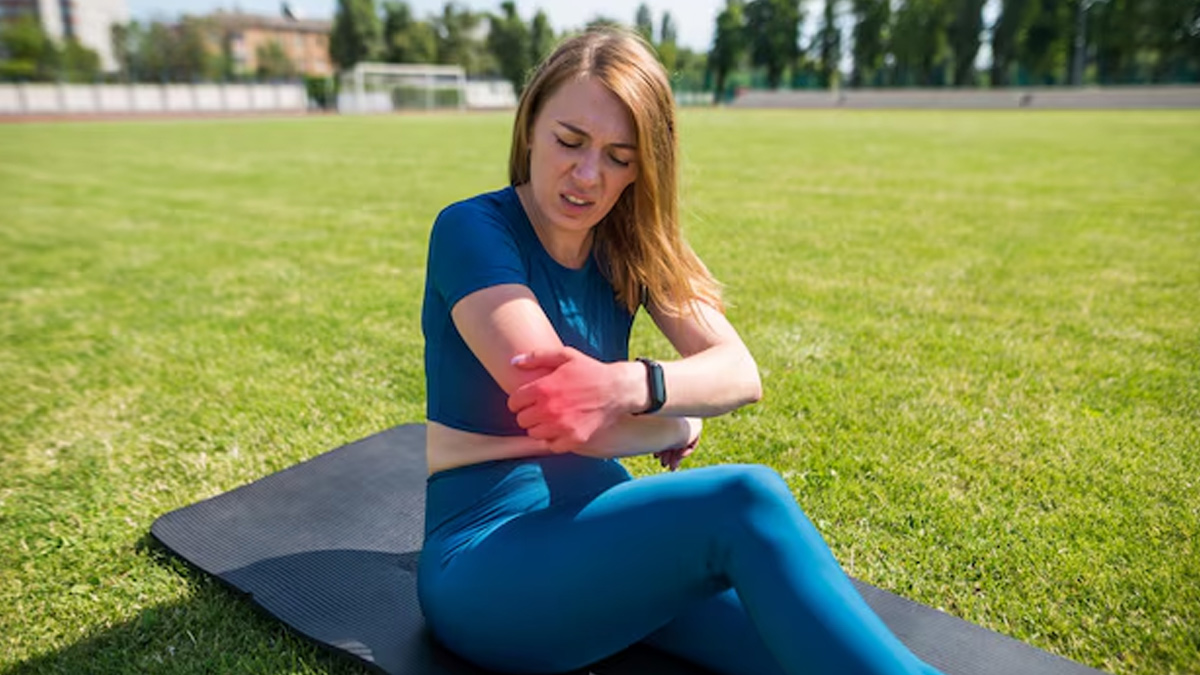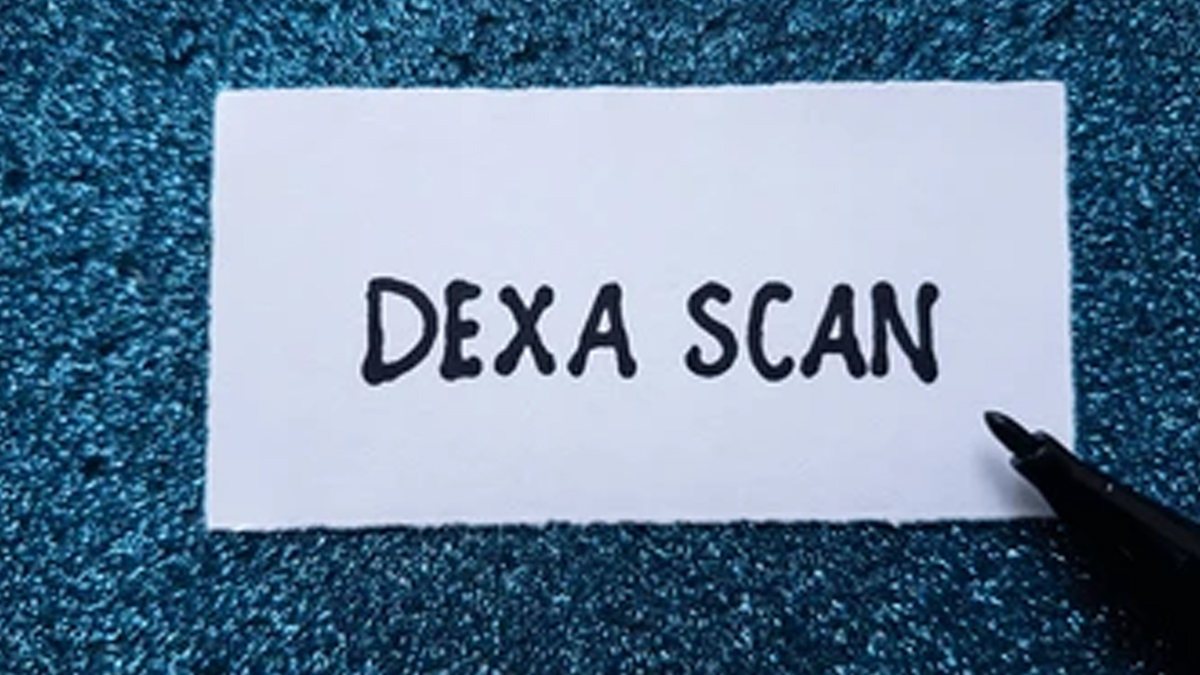
In a rapidly changing environment and a hustle-driven world where 5:00 AM workouts meet 12-hour desk jobs, do you end up with sore and painful bones? Do your joints ache after sitting for a long duration? Do you feel exhausted after a little physical activity? Nagging skeletal pain is an everyday story. But fragile and crackling bones in your 20s(young age)? Is it even possible?
Table of Content:-
Young adults prioritise hustle but often at the cost of their health. A silent threat now emerging among young adults is osteopenia, a condition marked by lower-than-normal bone mineral density that can progress into osteoporosis if left unchecked. What was once considered a midlife health concern is now knocking on the doors of college-goers and corporate warriors alike, and doctors are sounding the alarm.
We spoke to Dr Ashis Acharya, Senior Consultant Orthopaedics and Sports Medicine Unit, Sir Ganga Ram Hospital, New Delhi, who explained osteopenia and why young adults are losing bone strength too soon.
What is Osteopenia?

Osteopenia isn’t a disease per se but a warning sign, a condition where your bones are weaker than normal but not weak enough to be classified as osteoporosis. Osteopenia is characterised by a t-score ranging from -1 to -2.5. In contrast, a t-score lower than -2.5 indicates the presence of osteoporosis, as stated in StatPearls.
Think of it as a red flag. If your skeleton often goes unnoticed until a fall leads to an unexpected fracture or chronic joint pain that disrupts daily life.
Also Read: Signs To Identify Osteopenia Early And Tips To Protect Against Osteoporosis
Why Are Young People at Risk?

The blame goes to a combination of modern lifestyle habits, as there is no single villain in the story. These habits are subtly eroding our bone health:
- Overexposure to screens for longer duration: Prolonged screen time and a sedentary lifestyle reduce the stimulation that bones need to stay strong.
- Limited exposure to sunlight: Vitamin D deficiency due to urban indoor workers impacts calcium absorption.
- Improper diets: Unbalanced diets and often high caffeine, sugar and processed foods strip bones of necessary nutrients.
- Dieting: Crash dieting is common in young adults pursuing unrealistic body goals, leading to nutritional gaps.
- Intoxication: Smoking accelerates the growth of bone degeneration and interferes with calcium balance.
"We are seeing more 25- to 35-year-olds undergoing bone scans due to stress fractures or unexplained fatigue. The core reason is poor bone building during earlier years combined with poor lifestyle choices," said Dr Acharya.
Symptoms of Osteopenia
Osteopenia is often asymptomatic until significant damage occurs. However, the body may drop subtle hints:

- Persistent fatigue remains even after adequate rest
- Bone pain and muscle cramps
- Weak grip strength
- Pain from minor injuries and fragility
- Slouchy and poor posture
What Can You Do? Rebuilding Your Bone Bank
Peak bone mass is usually achieved by the age of 30. After that, it’s all about maintenance. Here is how to future-proof your frame, as listed by the expert:

- Do weight-bearing exercises: Resistance training, dancing, and brisk walking signal your bones to stay strong and dense.
- Eat calcium-rich foods: Include leafy greens, dairy, nuts, seeds, and other calcium-rich or fortified options.
- Get your daily dose of Vitamin D: Consider supplements or spend 15–20 minutes in sunlight daily to aid calcium absorption.
- Limit caffeine and alcohol: Both can leach calcium from your bones over time.
- Get a DEXA scan: A bone density test is recommended if you have risk factors such as thyroid issues, amenorrhoea, or a family history of osteoporosis.
- Consult an orthopaedic specialist: Book an appointment if you notice warning signs like frequent fractures, back pain, or height loss.
Bottomline
Dr Acharya concluded, "The silent rise of osteopenia in young adults is concerning. There is, however, good news: awareness, prevention, and simple lifestyle changes can preserve and restore bone strength. Don’t wait for the fracture to tell you something’s wrong. Start protecting your frame today."
[Disclaimer: This article contains information provided by an expert and is for informational purposes only. Hence, we advise you to consult your professional if you are dealing with any health issue to avoid complications.]
Also watch this video
How we keep this article up to date:
We work with experts and keep a close eye on the latest in health and wellness. Whenever there is a new research or helpful information, we update our articles with accurate and useful advice.
Current Version